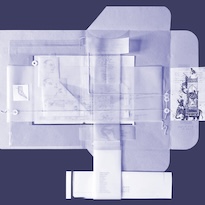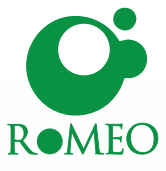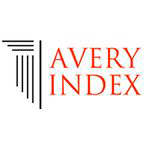Wit[h]nesses of Time, A Note-Book of Hours on an Astrolabe
(A Partial Story Halfway Through)
Abstract
How do we navigate in time? Astrolabes, described in general terms, are astronomical instruments that guide us to ‘read’, ‘extract’, ‘interpret’ and ‘reflect’ the hidden spatio-temporal cosmological and celestial knowledge. Though, they have been known to be adorned with the celestial knowledge with manifold uses from practical applications to intellectual, poetic, theoretical reflections, today, there is a wider historical interest in their precision in navigation and in calculating time. Relatedly, these instruments have been often associated with mathematical certainty and with “a uniform, measurable, geometrically structured space” (Aiken, 1994). Yet, our embodied engagement with astrolabes as drawings seems to have been repressed in time; and the entangled spatio-temporal relations that are set between the universe, the observer and the astrolabe, seem to fly under radar, as well as the spatio-temporal inconsistencies that come along with it. In this article, rather than taking drawing as a set of “reported” spatial databank, but as an embodied act that is internalized bodily, I would like to focus on our (repressed) embodied engagement with the astrolabe as a drawing, and unfold a discussion that does not necessarily rehearse the astrolabe as a ‘consistent’ spatio-temporal celestial map and that does not necessarily locate it historically within the origins of computerization. Akin to Aby Warburg’s ‘not-historical’ reading of images in his Bilderatlas Mnemosyne (1924-1929), I intend to track this historically repressed survival of embodiment of astrolabes, in the form of an analogical and anachronic reading mainly between two time-pieces: astrolabes (9th – 13th century) and John Hejduk’s The Collapse of Time (1984). Instead of panels of images, I will use my note-books as a denklage for such a historical imagination with the hope to set a historical imagination in motion, “located somewhere between fact and fiction.” (Rendell, 2007).
Downloads

Downloads
Published
How to Cite
Issue
Section
License
Copyright (c) 2023 E. Bahar Avanoglu, Ayşe Şentürer

This work is licensed under a Creative Commons Attribution 4.0 International License.
The authors keep their rights upon their work, although they transfer, in a non-exclusive way, the rights of exploitation (reproduction, publication, distribution, public dissemination and presentation) to the Journal. The authors are, therefore, free to enter additional, separate contracts for the non-exclusive distribution of the version of the work published in the Journal (for instance, by hosting in an institutional repository or publication in a book), provided credit is given that the work was initially published in this journal. The works are published under a Creative Commons Attribution 4.0 (CC BY 4.0) license.











